Trang Dinh carpentry village was established in 1950, mainly concentrated in two villages Dinh Son and Trang Son. Up to now, the carpentry profession has attracted nearly 400 households with over 700 regular workers. However, turning houses into carpentry workshops is causing many environmental and health consequences.
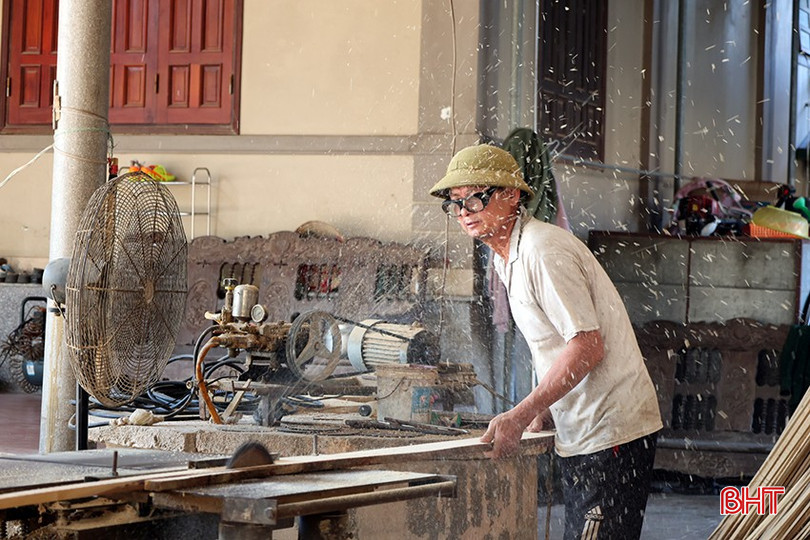
At Duong Tri Binh's house (Dinh Son village, Gia Hanh commune), no matter what time it is, the doors upstairs and downstairs are always closed and locked, with many tarps hung in front of the house, but dust still covers the place. Not only that, the continuous sound of chiseling, chiseling, sawing, and planing is very noisy.
“Working at home is dusty and not very clean, but it is much more convenient because it makes use of free time. As for noise, the whole village is noisy. It has been noisy for a long time,” Mr. Binh shared.
To facilitate production, Mr. Cao Van Hanh (Trang Son village, Gia Hanh commune) also took advantage of a part of the land area right next to his family's house to build a small carpentry workshop. Inside the workshop, saws, planers, milling machines, etc. are all fully arranged. However, due to the narrow area and lack of ventilation system, every time the machine operates, the noise is deafening, and the wood dust covers everything.
Mr. Cao Van Hanh shared: “Producing at home saves the most time, but working at home like this is very noisy and dusty. Because of the nature of the job, we have to accept it.”
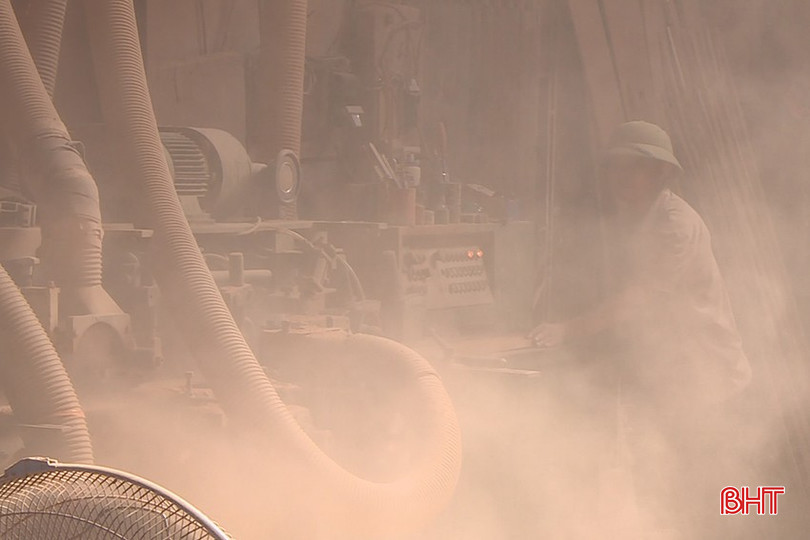
Regarding environmental pollution caused by home-based carpentry production, Mr. Cao Tin - Head of Trang Son village said: “Our village has over 200 households working in carpentry, only a dozen households are concentrated in industrial clusters. Home-based production causes environmental pollution, most notably dust, noise and a very high risk of fire and explosion, but it is currently not possible to form a concentrated production cluster because most households are producing on a small, fragmented basis, lacking investment capital. On the other hand, many households working in carpentry are elderly, so they work at home to earn extra income and do not want to go to a concentrated production site.”
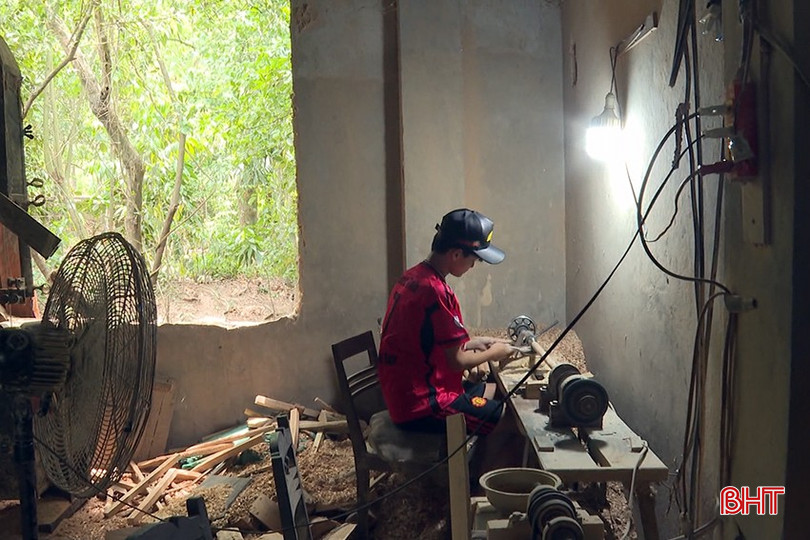

Products of Trang Dinh carpentry village are made from wood and must go through the stages of sawing, planing, milling, chiseling, painting... During the process, these stages all create a large amount of dust, noise and chemicals, directly threatening the health of workers as well as the community.
More importantly, in Gia Hanh commune, there is Yen Huy Industrial Cluster with an area of 12 hectares, which has been in operation since the beginning of 2021, but so far only 25 households have started concentrated production. Frankly acknowledging the environmental problems and labor safety risks caused by home-based carpentry production, Mr. Nguyen Van Dai - Deputy Head of the Economic Department (Gia Hanh Commune People's Committee) said: "Small-scale, fragmented production, and lack of funds to invest in expanding production are major barriers in attracting carpenters in Gia Hanh commune to the industrial cluster. Without strong financial support policies, the goal of moving production out of residential areas will be very difficult to achieve."

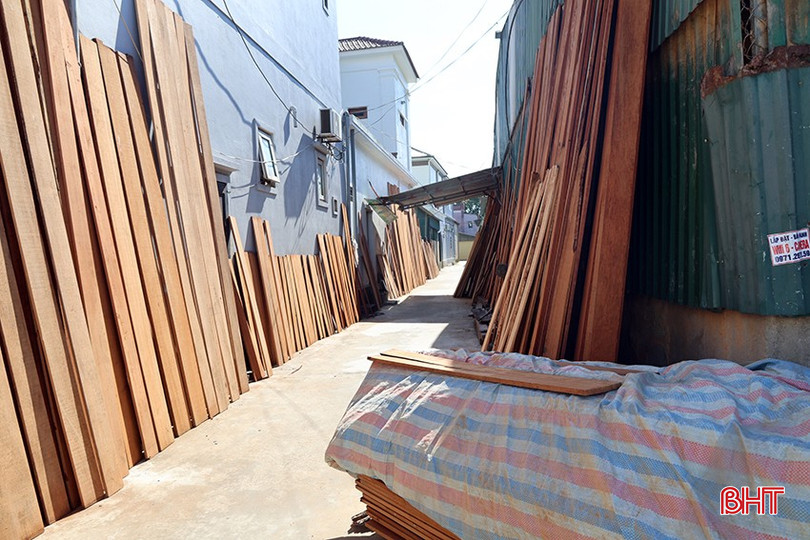
Preserving the profession while preserving the living environment – that is the difficult problem that Trang Dinh carpentry village is facing. It is time to have synchronous and drastic solutions so that people can both develop the economy and ensure their own health and living environment.
Source: https://baohatinh.vn/ngop-tho-o-lang-moc-trang-dinh-post293927.html






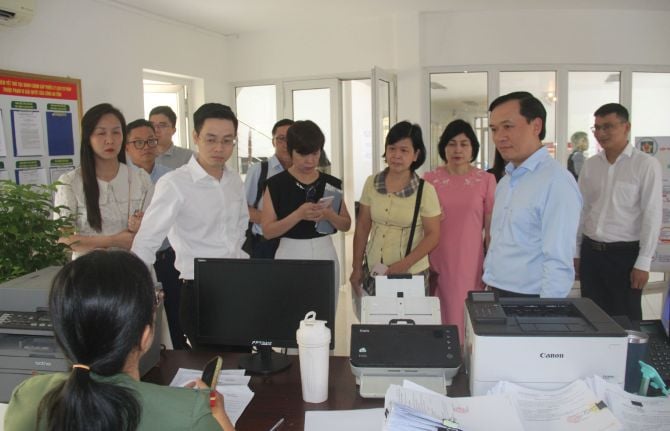

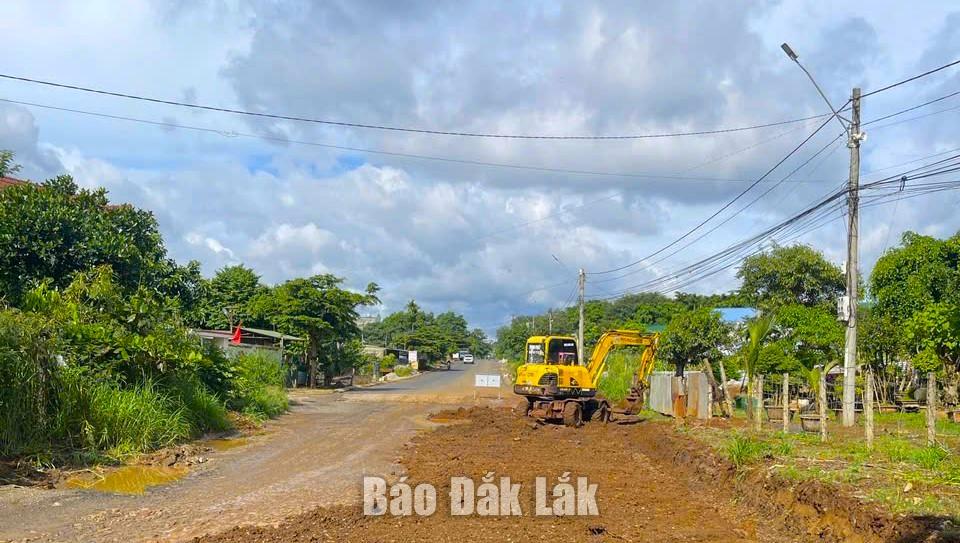














![[Photo] Politburo works with Standing Committees of Lang Son and Bac Ninh Provincial Party Committees](https://vstatic.vietnam.vn/vietnam/resource/IMAGE/2025/8/20/0666629afb39421d8e1bd8922a0537e6)



![[Photo] An Phu intersection project connecting Ho Chi Minh City-Long Thanh-Dau Giay expressway behind schedule](https://vstatic.vietnam.vn/vietnam/resource/IMAGE/2025/8/21/1ad80e9dd8944150bb72e6c49ecc7e08)

































![[Photo] Politburo works with the Standing Committee of Hanoi Party Committee and Ho Chi Minh City Party Committee](https://vstatic.vietnam.vn/vietnam/resource/IMAGE/2025/8/21/4f3460337a6045e7847d50d38704355d)



































Comment (0)